KENAI
Deep Creek State Park
On the way down we stopped at a few
parks and we will do the same on the way up. Our pick today was the Deep Creek
State Park and as we were heading in, we saw one of the tractors down on the
beach pulling out a boat – wow that is so cool and it was so much fun to watch.
But the fun only lasted for a bit because here it is super windy and it is also
super cold.
The homesteads at Kasilof
This little museum is not only free
but also open only for 3 hours per day and as we are here it is open, a good
place to stop. Ok it was raining a bit, but the museum was super cool we walked
into several different houses and homesteader places and saw a lot on how the
people in those old days lived – what I think is one of the most amazing thing
is, some of the places were built when over in Europe or the east of the
country they had all kind of modern buildings and here they still made loghouses.
- This is a coastal community from 1882 when Alaska’s 2nd Salmon cannery was bult on the Kasilof river: the cannery was dismantled in 1937: we did some super cool old-fashion cans for Salmon: by the way the lid on top was hand-soldered leaving small holes which closed after cooking creating a vacuum: as the early cans were red labelled people refused to buy any canned salmon which did not had a red background
- A guy named Jensen wrote diaries and from him we know a lot on what happened from 1944-1958
- Some of the houses had steel sheets on the outside: those sheets were made when the cannery opened: very unique – and it looks cool as it is all rusty
- Interestingly when a Euro-American died they had a wooden sign and picket fence – as where the Chinese workers were buried in a different area and no one knows where. 4 of the original gravesites survived
- Still in 1967 they had to take a boat trip up 17 miles up the Kasilof river
And some impressions on what we saw
- Most cabins had low ceilings to conserve heat – also the insulation was mostly moss and dirt
- In one cabin we found an old radio, old kitchen aid and other house hold items and in another some super old boat engines, one of the most amazing one was when we found like national geographic magazines from the 1930s
- We also saw a “luxury outhouse” and learned that sometimes people had a removable toilet seat which could be kept in the house and was warm
- Trapping cabins: this was a big part of the Russian Alaska and the cabin of one of the earliest trappers is also here - and not they are really not very big. It was interesting to read the stories about the people who built those cabins – I’m sure they never thought that a hundred years later, people will be amazed on what they did
- There is still part of the original post office from 1925 they restored, as well what Gine thought super weird a propane-powered iron!!!
- Amazing were all the red Salmon cans: especially the names they had like Walrus Brand, Moose Head, Aurora, Sledge Brand, Tulip Brand or Meteor Brand
Fox farming in Alaska
- During the 1920s they had a fox farming boom: they built little fox houses for them: fox and mink farming was a big business at that time: and fox was very fashionable at that time. What we saw was part of the fox farm from 1927 with a kitchen to prepare food for the foxes like ground salmon with grain, they had a tower to make sure the foxes were healthy. The fox pens were built to be like a natural fox den: a tunnel like entrance. They had several acres of this enclosed with chicken wire: they had to built up to 6 feet into the ground, so the foxes didn’t dug underneath it: each fox had it’s own den and it’s own chicken-wire fence
- The Kenai refugee started already in 1941, until then big game hunters came here to hunt the big moose and the white sheep since 1898 and with the steep decline in animals. Conservatists pressed the government until President Roosevelt created the refugee.
And yes we saw some of those little
fox dens they built
The outlet bakery
Yesterday we came by here by accident
and discovered they are good and you won’t believe it: cheap!!!! You get six
donuts cheaper than in other bakeries one. That means we stop here again today
and stock up!!!
Kenai Visitor Info
Our next stop was at the visitor info
of Kenai: yes, we love visitor infos, they have a lots of info, free internet
and are especially perfect when it rains!!!! And a lot of the visitor infos
here have a kind of museum exhibition with interesting info of the area. So yes,
we stop at nearly everyone. Here we did learn about history and saw a lot of
the local animals staffed high up on the walls.
Here we learned not only about the
first nations and saw a model on how they built Salmon traps, They had a book about Cooks Voyage here. They had a lot of
displays from the Russians like books, their orthodox paintings, little dolls –
very cute and we learned more about the Russian history:
- In 1791 the Russians arrived on the Kenai peninsula, in 1795 the Nikolaevsk Redoubt was built on the Kenai Bluff and Kenai became the headquarter for the trade on the Cook Inlet
- In 1796 the first Russian Orthodox Monk came from St. Petersburg to introduce Christianity to the Kenai Peninsula and the first Russian orthodox church was built on Kodiak Island
- In 1797 there was a war between the Dana’ina and fort Kenay, the Lebedev Community withdrew, Alexander Baranov choose Sitka over Kenai for the Russian American Capital
- 1821 after his return from the Russian Fort Ross in California a Dena’ina chief son was given a new name “Kalifornsky” meaning the Californian and he was baptized into the Russian Church – he did move his family on the other side of the river and started the Kalifornsky Village in a split from the Dena’ina and a orthodox church was built
- 1838 50% of all the Dena’ina died from small pox
- Even after Alaska was sold to the US, the Russian orthodox was still very strong and the current Russian Orthodox church and chapel were built in 1905
- The 1918-20 Flu killed a lot of the Dena’ina and in 1921 the Russian school closed
But also about the oil which got
discovered and what we thought was super cool: they had an oil platform in
miniature displayed and you could look in from the sides and see lots of staff
– no clue what we are looking at, but it looks complicated and yes there are
several oil plat forms close by.
Then out the laptops and into the nice
warm room and we are on the computer and internet – perfect for a rainy day.
The city of Kenai or the city of oil –
the new traders
- The Russian fur traders came here in 1791 and was the 2nd Russian Settlement in Alaska
- Interestingly the Dena’ina who lived here before defeated the Russian settlement of 150 men
- In 1848 they discovered gold in the Russian River and in 1869 the US Army established Fort Kenay: this was the 1st American Military installation in the area with over 100 men stationed here
- This is the largest city on the Kenai Peninsula with 7800 people
- It also got the nickname to be the “oil capital of Alaska” becomes of the extensive oil and gas discoveries nearby and in Cook Inlet
- In 1957 they discovered the Swanson River oil field in the Kenai refugee: that makes them search more for the black gold and in 1962 they discovered the Beluga Gas field. Now the search went offshore and they discovered 5 major gas and oil fields, since then 15 drilling platforms have been constructed
- Each platform is self-sufficient and can drill depths to 20.000 feet and the expected life of a off-shore field is around 40 years
- The discovery of oil and gas in the Cook Inlet played a major role in the growth of Alaska: by the way they had pictures of the different oil-platforms there: some are smaller with 22 employees and some bigger with 48 employees, many off them got built from 1964-69
With fellow RV’s at Walmart
Yes there are once in a while spots,
where the RV’s stay for free – and in Kenai it is at Walmart – the whole back
parking lot was full one RV near the next one. Perfect to stay in the rain!!!
Good morning Rain!!!
It looks like we will have a full day
of rain ahead, as per Paul let’s keep going, there is nothing to keep us here.
As we did the dishes the sink didn’t drain well and we run out of water: that
means we go to the dump station first, we already planned to dump here as here
is a free dump station – good it is also a bit in the rain!!!! Once we filled
up the water Paul normally times for 5 Min the water likely had more pressure
as this time we have a full tank!!!
Old town of Kenai
Gine got yesterday info about part of
the old town of Kenai an we thought we go by there – and maybe!!!!! We are
lucky and we finally get the famous view – no such luck it is pouring down
rain. We drove over to the Heritage Park: which had a fence around and all
gates were locked – guess we are not going in there and then we drove by the
old Orthodox church but because of all the rain, we didn’t even leave the
vehicle.
- The 5 cabins in the Historic Cabin park are from 1910-1925and are skandinavians and Trapper cabins
- We parked in front of a big loghouse (today it’s private property): once it was Fort Kenay when the US military – the once we see is from 1967 (really, that doesn’t sound that old!!!)
- The Holy Assumption of the Virgin Mary Russian church from 1894 is another beautiful looking wooden orthodox church and one of the oldest in Alaska (and like nearly everything else it is closed – makes you wonder when high season is if not middle of July)
- In the distance we saw the St. Nicholas chapel from 1906
One last stop in the Visitor info they
talked about the little museum room with old medical equipment in the hospital,
a good thing to do when it rains, as we stop and go in we got our daypass and
mask and got send to another girl she was super surprised about it and told us
where we can have a look – I guess we are the first people coming here to look
by the way there was not much to see: to glass vitrines!!
The fishing frenzy
We heard that along the Kenai River
and the Russian River campground has one of the best camping, so we thought we
can stop there and have a quick look around. Already on the Hwy it said
Campground full, no big deal as we only want to look, but here you have to go
by a gate because it is so popular and you pay 11$ for parking – really!!!!! I
mean how about the state parks are for people. I guess the Alaskan people are
really crazy for fishing if they pay that kind of money to fish in the pouring
down rain, and we did see several people out in the boats. Wow!!!
Again we drove through the 2019
wildfire area – and it looked super eery today in the mist with the blackish
trees and the nice pink fireweed – very cool!.
Cooper Landing
Next stop is the Visitor in Cooper
Landing, as they have here a brown bear skeleton, as we pull in, and go in the
Visitor info – there is no-one there: a sign says pick all the flyers you like
and if you have a question give a call to…. And the “museum” or other loghouse
is closed – no bear for us. As we are here we did walk down to the turqouis
Kenai river, but not for too long as we would near more rain gear!!
- By the way the Kenai River was for a long time the main transportation until the Sterling highway was completed in 1950
- Today the main reason people come you guessed it right is fishing, there is even a ferry so fisherman can go on the other side of the river to fish
I may should mention we went through a
long road construction with a lot and lot of potholes

 Kenai, Alaska, United States
Kenai, Alaska, United States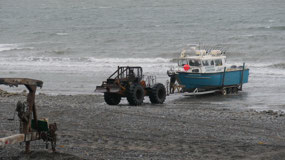
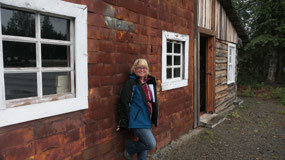

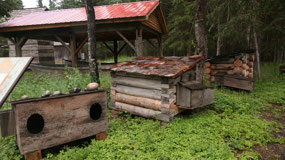
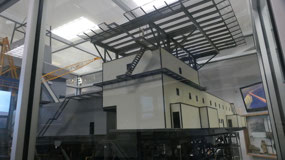
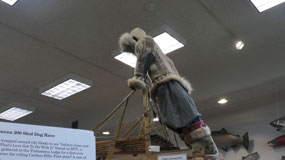

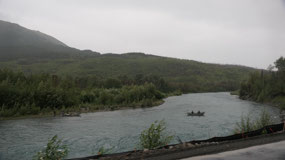
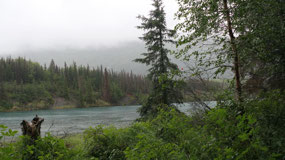


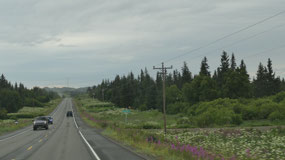
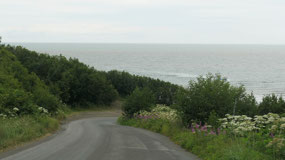
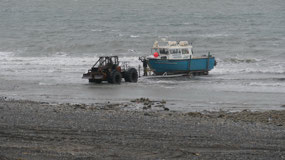
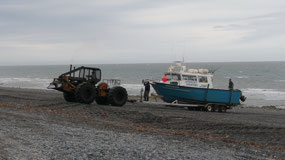
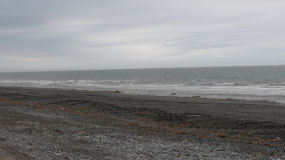
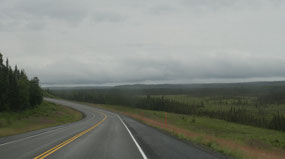
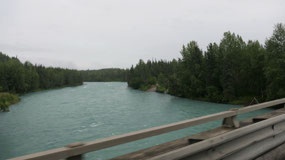

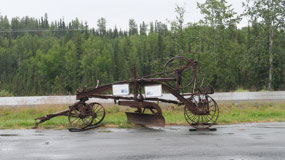
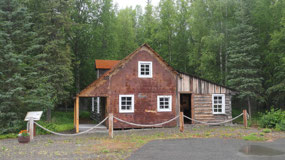
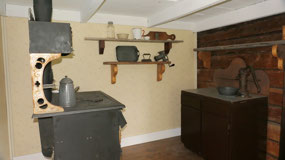
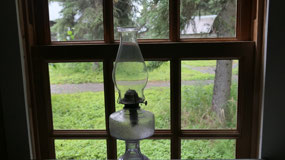

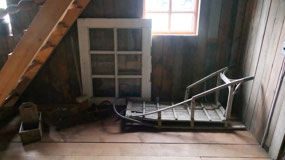
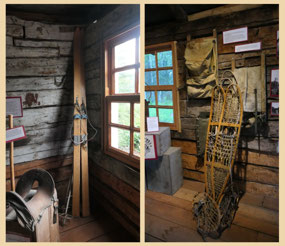
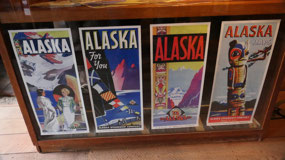
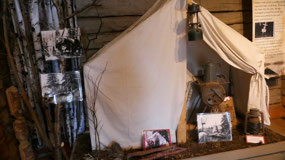
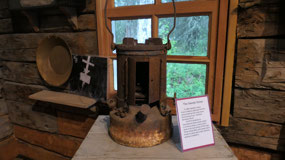
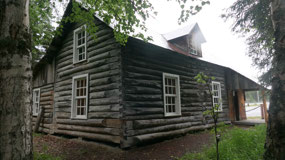
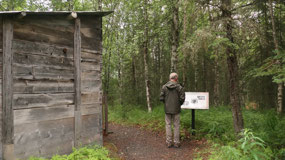
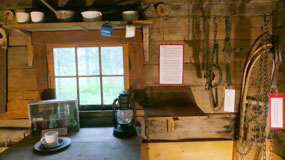
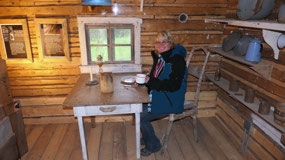
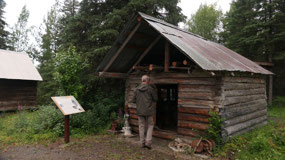
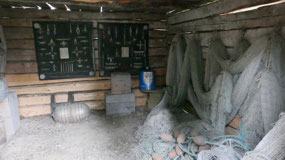
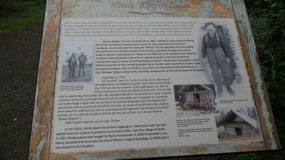

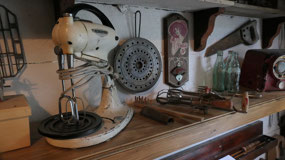
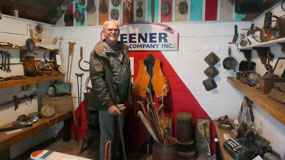

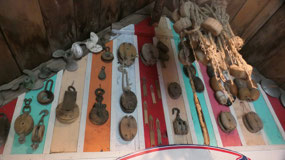

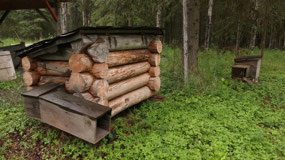
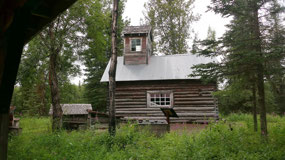
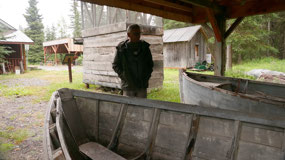
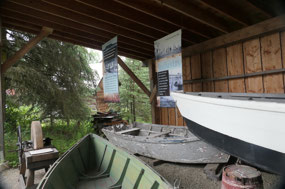
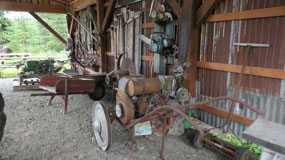
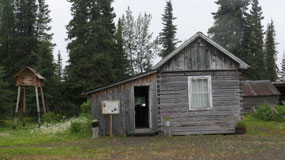
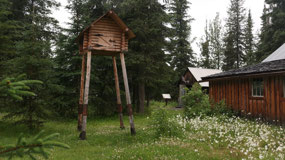
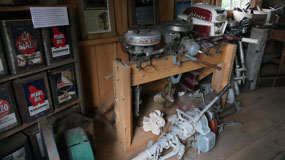

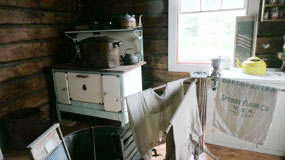
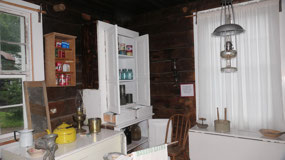
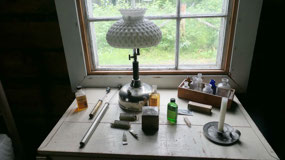
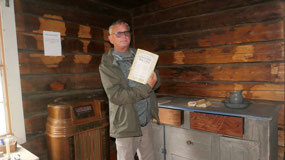
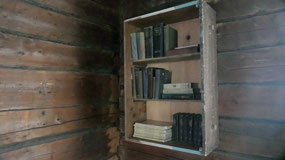
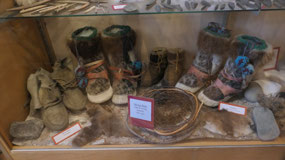
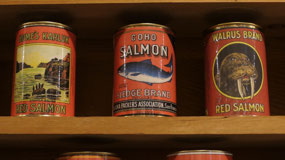
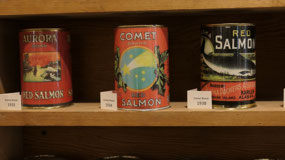
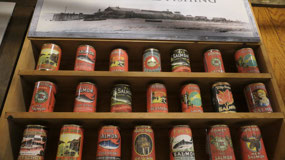

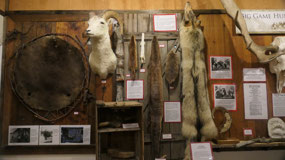
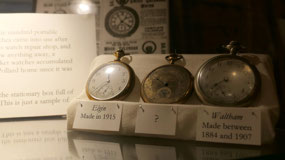
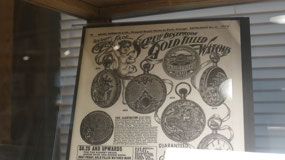
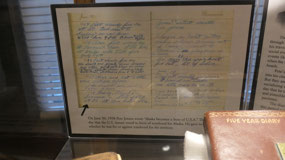
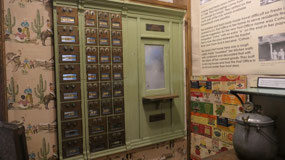
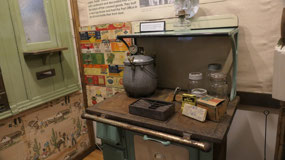
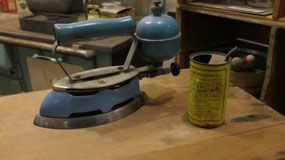
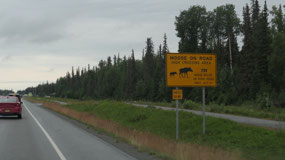
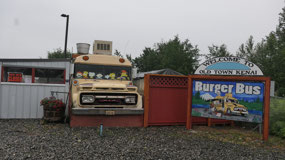
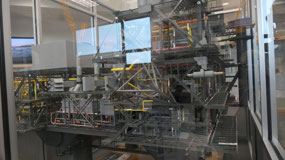
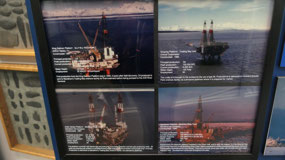
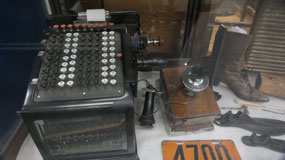
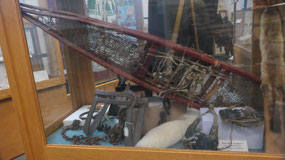
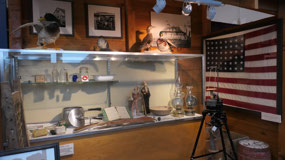
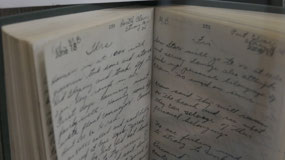

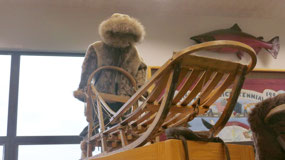
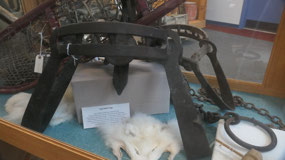
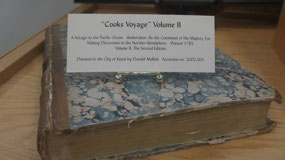
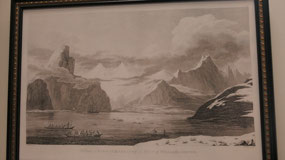
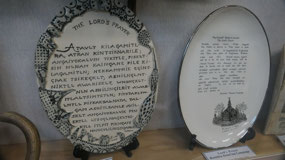
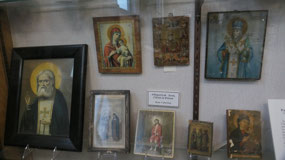
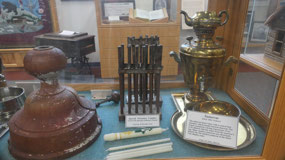
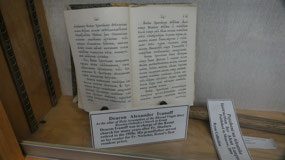
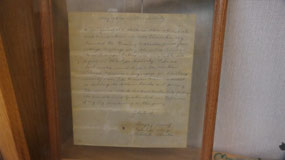
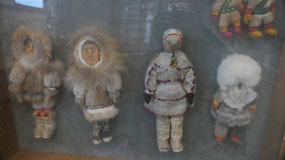
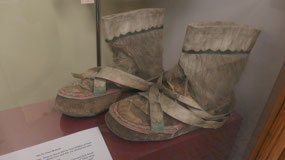
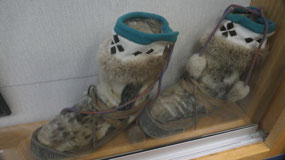
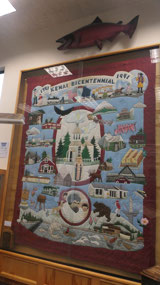
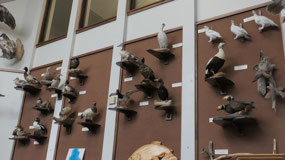
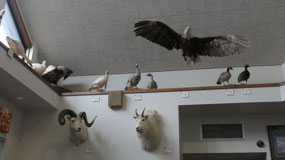
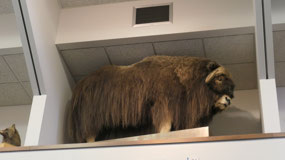
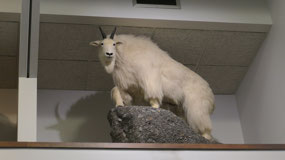
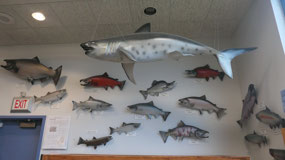
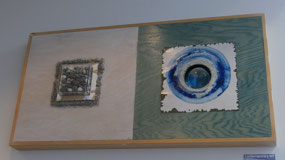

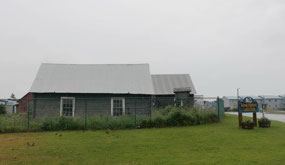
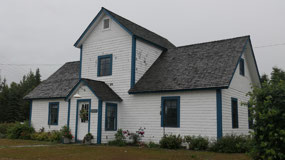
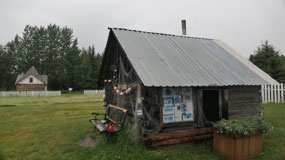
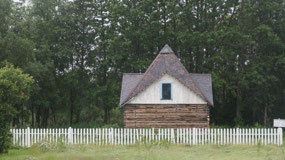
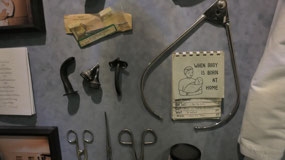
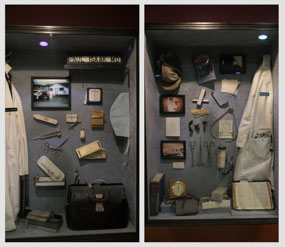
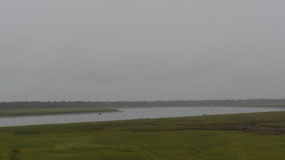
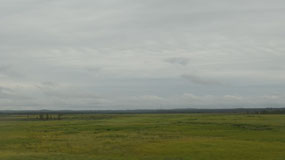
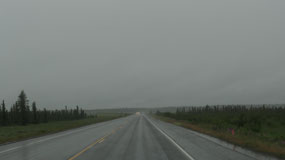
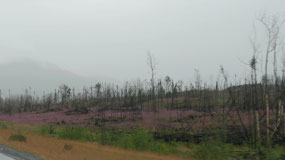
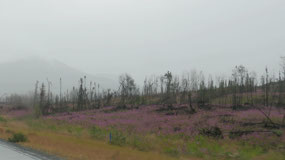
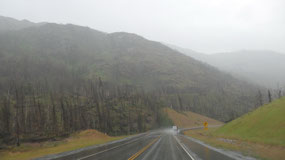
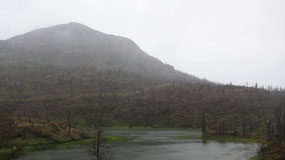
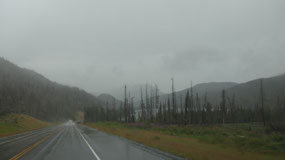
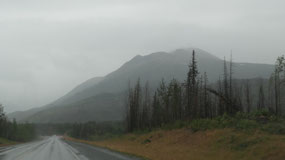
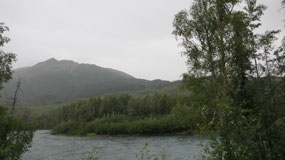
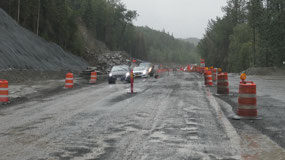
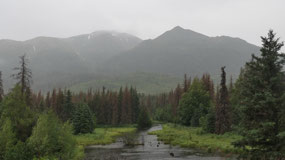
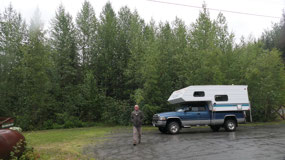
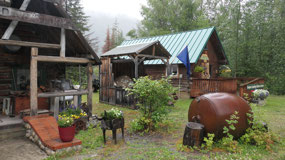
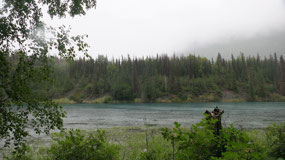
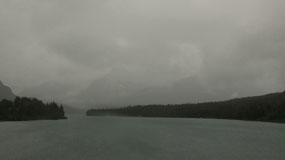
2025-05-22